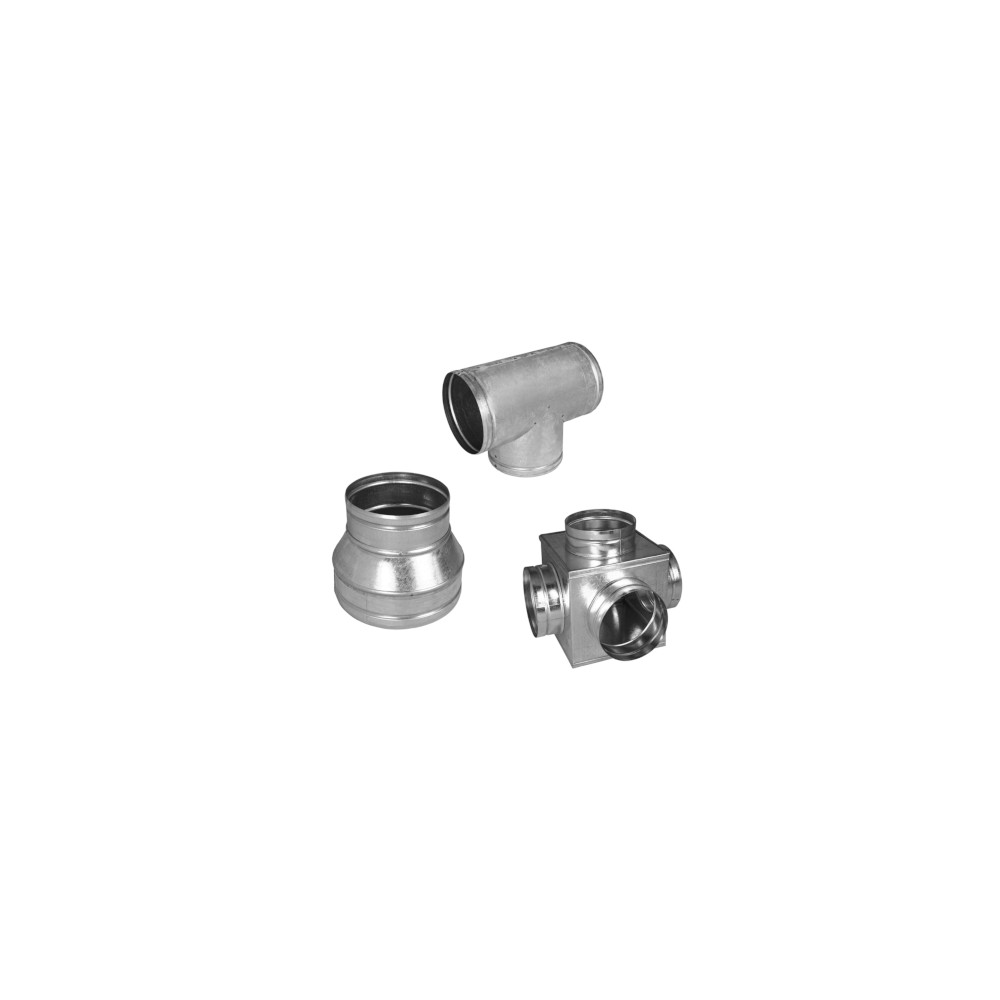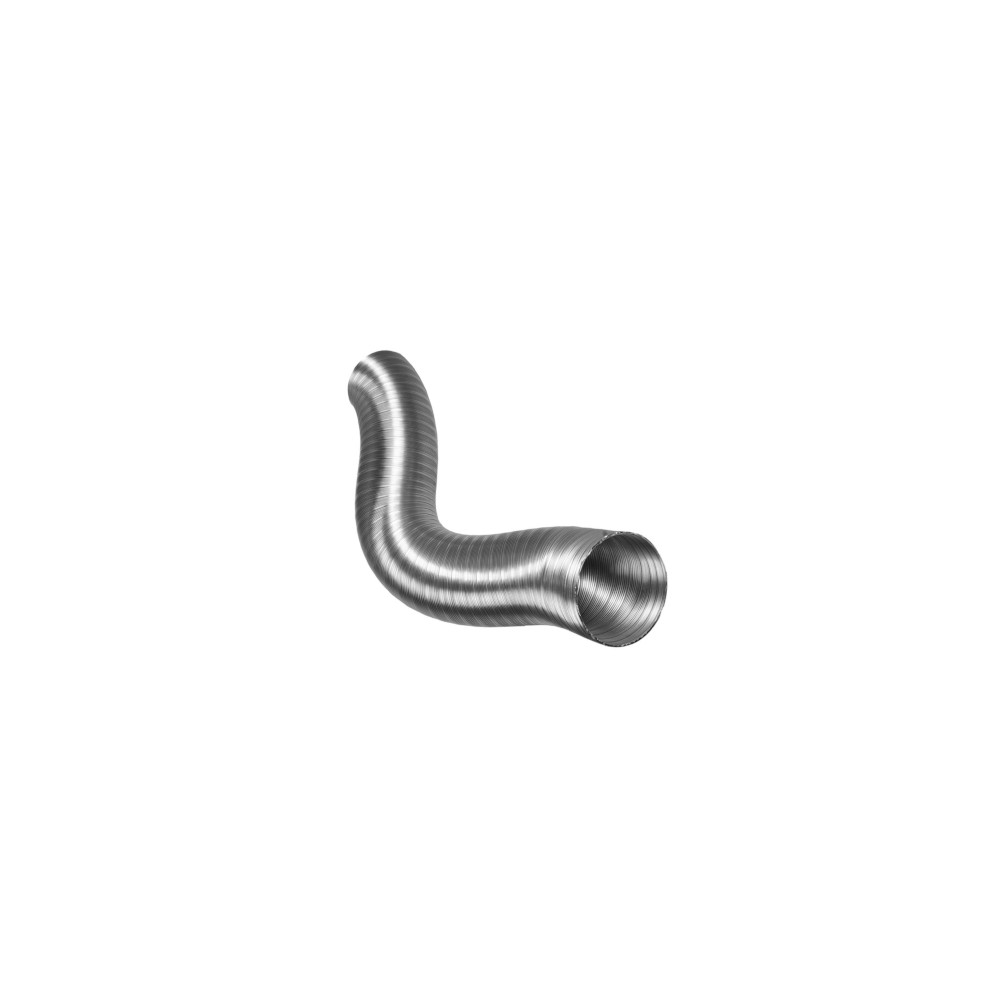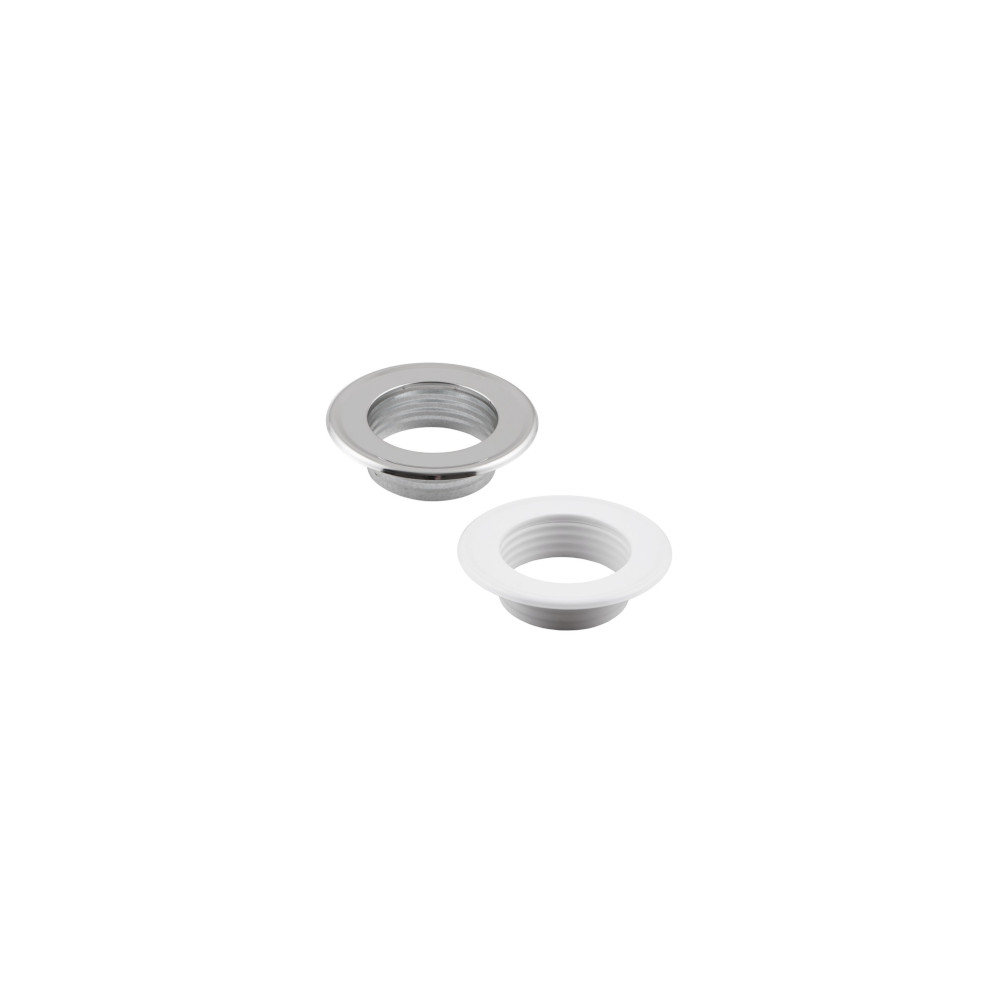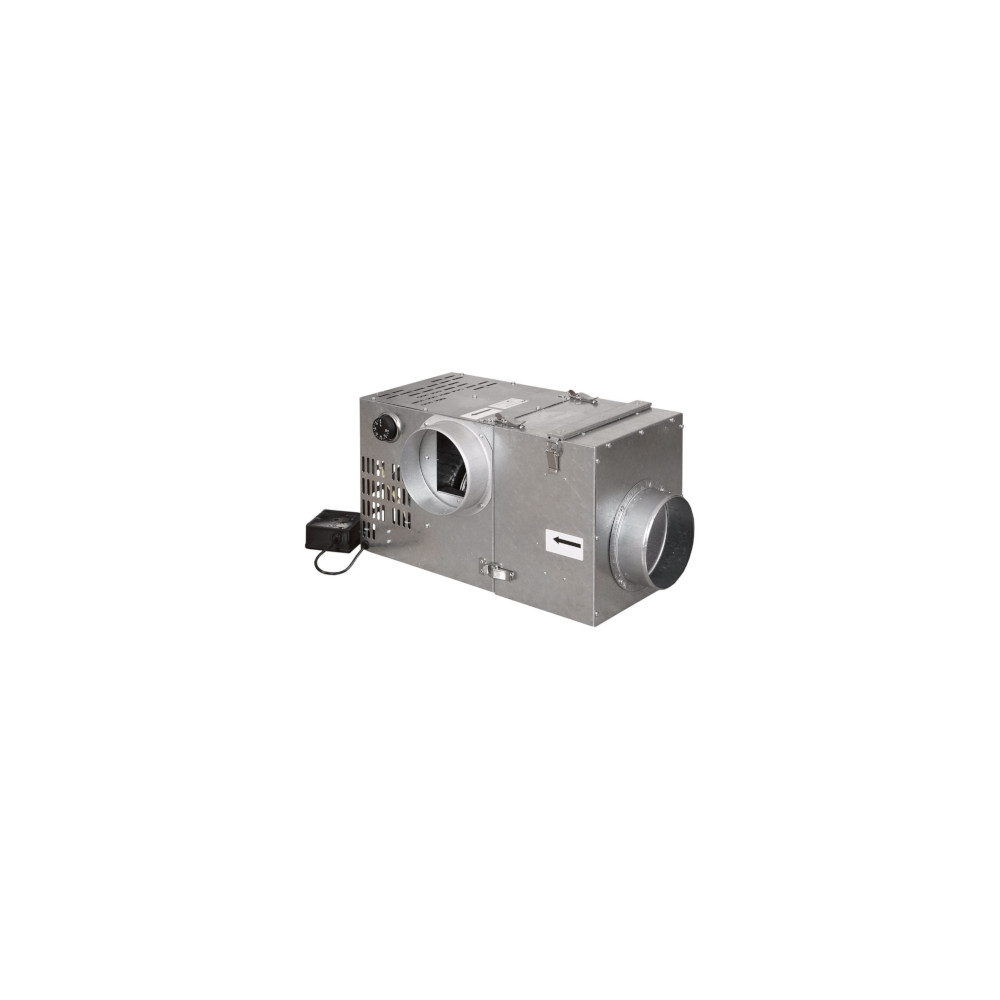Hot Air Distribution – An Effective Way to Heat Your Entire Home
The Hot Air Distribution system is a modern and efficient solution that enables warm air generated by a fireplace to be distributed to various rooms throughout a house. With this system, it’s possible to effectively heat areas far from the fireplace, ensuring thermal comfort across the entire building. Hot Air Distribution systems maximize the use of thermal energy produced by the fireplace by releasing hot air through strategically designed air ducts, turbines, and air diffusers (anemostats). This ensures that heated air reaches even the most remote areas of the home, raising the temperature and eliminating cold spots in different parts of the house.
How Does the Hot Air Distribution System Work?
The Hot Air Distribution system functions by distributing hot air from the fireplace to different rooms. Using a fireplace insert and key installation components—such as fans, ducts, and channels—it creates an effective air circulation loop that warms the entire interior.
Types of Systems
There are two main types of Hot Air Distribution systems: gravitational and forced air.
-
Gravitational systems rely on natural convection, where warm air rises without the need for mechanical assistance.
-
Forced-air systems, on the other hand, use fans to actively push hot air over longer distances, ensuring proper circulation throughout the home.
Users can choose between natural and mechanical air flow depending on their preferences and home layout.
Is It Worth Installing a Hot Air Distribution System?
The Hot Air Distribution system is especially recommended for homes equipped with a fireplace. With the proper installation of system components—such as intake ducts, dampers, turbines, and piping—the heat generated by the fireplace can be efficiently distributed to individual rooms. Thanks to air outlets and high-performance fireplace inserts, the system delivers hot air at optimal temperatures, translating into significant savings on heating bills.
Efficient Heat Distribution – A Smart Alternative to Traditional Heating
Hot Air Distribution systems are an excellent alternative to conventional heating methods. By utilizing the natural heat generated by a fireplace, they transport warmth to spaces that would otherwise remain underheated by standard radiators. This solution not only enhances indoor comfort but also ensures efficient energy use from the fireplace’s combustion process.
The system is highly effective, allowing heat to be directed precisely where it’s needed. Components such as air ducts, turbines, and anemostats are engineered to provide maximum airflow and optimal circulation, ensuring even heat distribution throughout the building. The system works seamlessly, without disrupting airflow, delivering consistent warmth to every room. Additionally, the right fireplace casing and air circulation systems support long-lasting and efficient heating.
Modern Solutions for Improved Thermal Comfort
Modern hot air distribution systems like Hot Air Distribution are designed to enhance thermal comfort in residential buildings. By incorporating thermally and acoustically insulated ducts, they minimize heat loss and ensure efficient delivery of warm air throughout the home. The use of galvanized steel ducts makes them resistant to high temperatures, while thermal insulation further boosts efficiency.
Control components such as dampers and anemostats allow for precise regulation of airflow, enabling users to adjust heating intensity in specific areas. Hot Air Distribution systems also help reduce heating costs by using the fireplace as a primary heat source, eliminating the need for smaller heaters or additional energy-consuming solutions. Thanks to advanced ventilation components, such as air blowers, warm air can be delivered efficiently to multiple rooms—from the living room to the furthest bedroom.
Key Insights into Hot Air Distribution Systems
Hot air transport mechanisms, such as the Hot Air Distribution system, consist of various elements that serve specific functions in the heat distribution process. Components like ducts, turbines, fans, dampers, air diffusers, and ventilation grilles work together to deliver warm air to individual rooms. Heat-resistant materials, such as aluminum or galvanized steel, ensure thermal durability and effective airflow. Proper duct insulation minimizes energy loss, boosting system efficiency.
Correct installation of supply channels and other parts is crucial for optimal air circulation and effective use of the fireplace’s heat across the building.
Essential Components of a Hot Air Distribution System
A comprehensive Hot Air Distribution system includes:
-
Air supply ducts
-
Galvanized steel pipes resistant to high temperatures
-
Dampers, turbines, and anemostats for precise airflow control
Proper installation ensures even airflow and prevents disruptions in heat delivery. Both gravitational and forced-air circulation methods can be used to enhance heat distribution throughout the home.
Even Heating and Energy Savings at Home
The Hot Air Distribution system offers an effective, modern way to evenly warm your entire home, eliminating cold zones and ensuring comfort in every corner. With components like air ducts, turbines, fans, diffusers, and advanced fireplace inserts, the thermal energy generated by the fireplace is used to its fullest potential.
This solution not only improves living comfort but also leads to substantial savings on heating bills. It’s a smart, sustainable, and aesthetically flexible option for modern homes.





